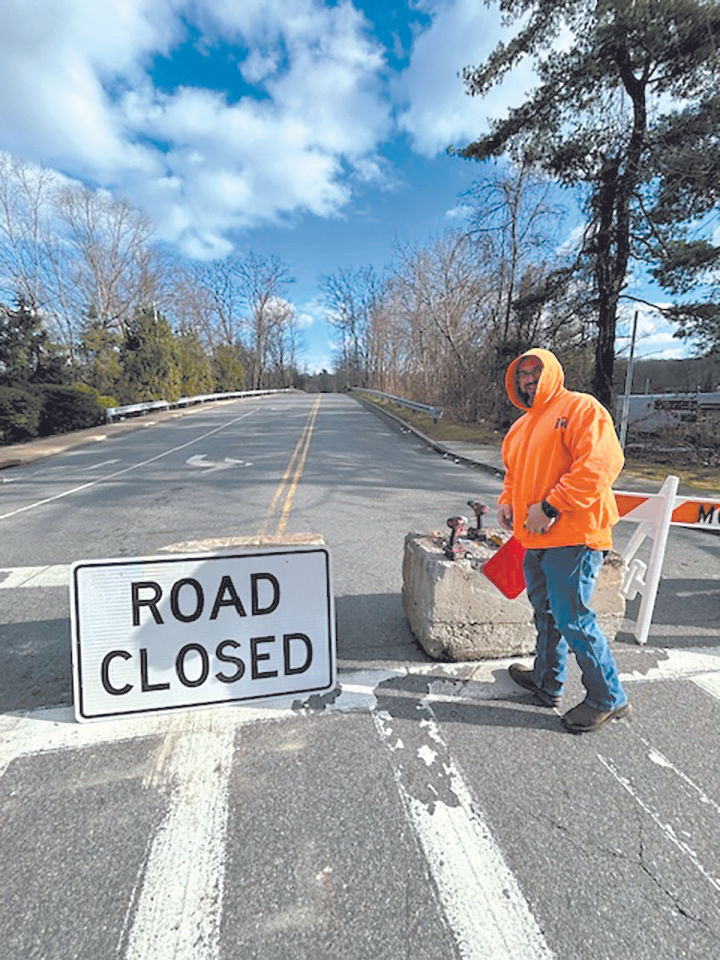New laws unlikely to make dent in housing crisis
- Martin Wilbur
- May 23
- 3 min read
By MARTIN WILBUR
After several years of high-profile proposals and debate over how to increase affordable housing, the state’s $254 billion fiscal year 2026 budget provided some relief toward those goals, although perhaps not to the level desired by many advocates.
Approval of the new spending plan May 8 saw the state Legislature create the Housing Access Voucher Program, a $50 million subsidized plan for low-income households and those who are at risk of becoming homeless. No more than 30 percent of a tenant’s income would be spent toward rent for households that qualify.
A state affordable tax credit program that is similar to the federal program tax credit was also put in place. An affordable homebuyer tax incentive is needed because even when there are homes developed to be sold to low- and moderate-income owners, local property tax assessments value the homes at fair market value. As a result, many prospective buyers of affordable units may be able to purchase the residence but unable to pay the taxes.
In all, there was about $1.5 billion for housing statewide, according to the governor’s office. That includes investment of $100 million for communities to fund critical infrastructure projects to support housing development, $100 million to promote mixed-income housing development and $50 million for building more affordable starter homes.
Many state officials recognize the critical need for affordable housing and for housing that is more affordable for those with incomes just over thresholds for various programs.
“They’re just more tools in the toolbox,” state Sen. Pete Harckham, D-Lewisboro, said of the latest round of legislation going into effect. “There’s no silver bullet. Obviously, we need more multifamily housing to open up the pipeline and that’s solely at the discretion of local zoning.”
For Marlene Zarfes, executive director of Westchester Residential Opportunities, a White Plains-based nonprofit organization that promotes equal, affordable and accessible housing throughout the lower Hudson Valley, the need for housing for working people continues to grow.
Zarfes pointed to the November 2019 Westchester County housing assessment, which found that 11,703 additional units were needed at that time to balance supply and demand. While there are new projects being approved and built on a consistent basis, that level of need is hard to overcome, she said.
“Unfortunately, the need exceeds what’s affordable,” Zarfes said. “Affordable is not affordable for everybody, and there’s lots of money going into it, county, state and federal, but it’s not enough and it almost seems like every year we fall further behind.”
For the past several years, Westchester County has been dedicating $50 million toward the acquisition of land for developers to incentivize the construction of more affordable units. County Legislator Shanae Williams, D-Yonkers, chair of the Board of Legislators’ Housing and Planning Committee, said she’s pleased with the money that the county has pledged as well as what the state allocated for the new fiscal year, but there is a long way to go.
She would like to see the county’s commitment increase over the current $50 million for 2026, to perhaps as much as $100 million.
“I would like to push for more money toward affordable housing development,” Williams said. “We need more housing, and we’re trying to look at different ways, at the tools that we have.”
However, the biggest obstacle is the lack of uniform zoning regarding affordable housing throughout Westchester, Zarfes said. Many residents don’t want to live near affordable housing communities even though many are built to fit into the existing neighborhoods.
“Zoning, as long as it remains within each individual jurisdiction, it’s very difficult to see progress,” Zarfes said.
Harckham has experienced that backlash firsthand. In 2021, he proposed an accessory dwelling unit law that would have allowed many single-family homeowners to add an accessory unit. That sparked howls of protest from communities across the state with charges of attempting to usurp local zoning. Harckham saw a different version of the bill pass that incentivizes communities to opt in, although many municipalities already have ADU legislation in their code.
Opposition grew to a fever pitch when Gov. Kathy Hochul proposed her Transit Oriented Development plan a year later, where 50 units per acre of housing would have been allowed within a 1-mile radius of an MTA station.
Harckham agrees that municipalities across the state have to be a willing partner in helping alleviate the housing crunch. Otherwise, the issue will continue to vex policymakers.
“I’ve had my issues with certain aspects of local zoning, but you can’t build multifamily housing if municipalities don’t allow it,” Harckham said. “That’s a big part of the problem. You constrict the supply, the demand and the cost goes up. That’s the nature of the housing economy that we live in, so we try to add other tools to the toolkit.”






![CA-Recorder-Mobile-CR-2025[54].jpg](https://static.wixstatic.com/media/09587f_b989949ec9bc46d8b6ea89ecc2418a8a~mv2.jpg/v1/fill/w_370,h_150,al_c,q_80,enc_avif,quality_auto/CA-Recorder-Mobile-CR-2025%5B54%5D.jpg)



